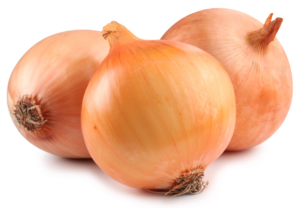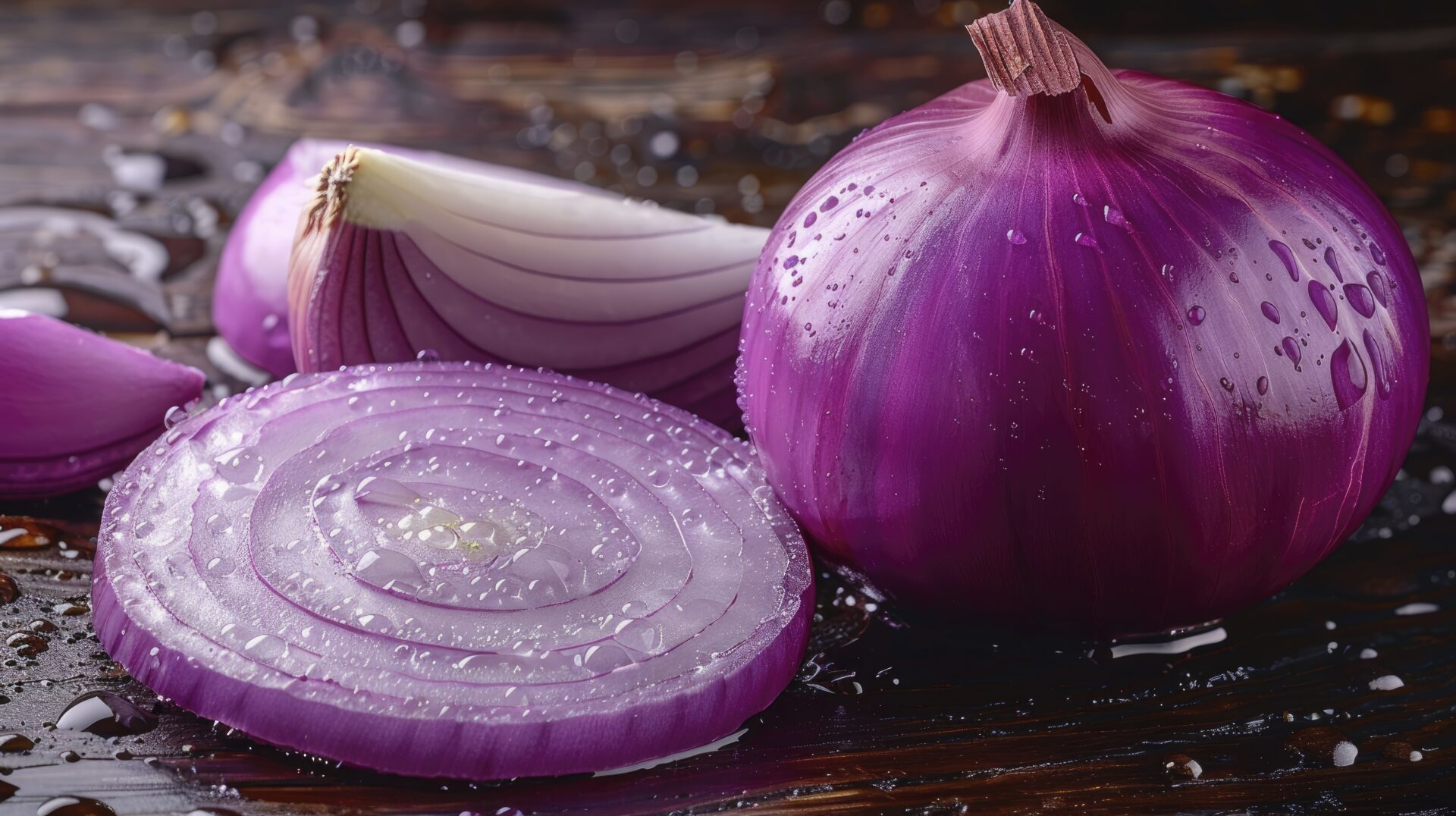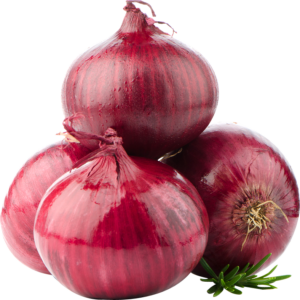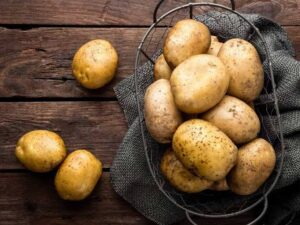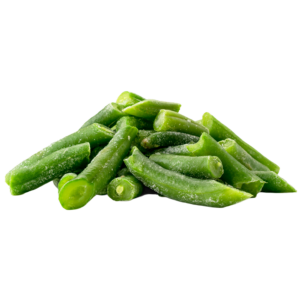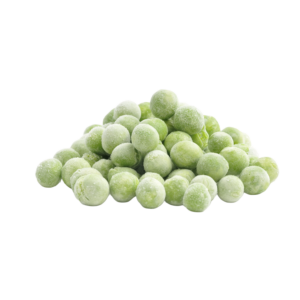Description
Egyptian onions are renowned for their exceptional quality and flavor, making them a staple in both local and international markets. Grown primarily in Egypt’s rich agricultural regions such as the Nile Delta, these onions benefit from the country’s warm climate and fertile soil. The onions come in various types, including yellow, red, and white varieties, each with its own distinct flavor profile.
- Texture and Flavor: Egyptian onions are crisp and firm, with a flavor that ranges from mild and sweet to pungent, depending on the variety. Red onions are known for their mild sweetness, while yellow onions have a more robust, sharp taste that becomes sweeter when cooked.
- Uses: These onions are a versatile ingredient in Egyptian cuisine. They are used in a wide range of dishes, from salads and stews to fried foods and marinades. Onions are also an essential base for many traditional Egyptian recipes.
- Quality and Export: Due to their consistent size, color, and flavor, Egyptian onions are highly valued for both domestic consumption and export to international markets, particularly in the Middle East and Europe.
Dates of Agriculture for Onions in Egypt:
Onions in Egypt are typically grown in two main growing seasons:
- Autumn Season (Fall/Winter):
- Planting: Begins in October and November.
- Harvesting: Occurs in March and April.
- This is the most common season for growing onions in Egypt, as the cooler weather promotes optimal growth.
- Spring Season (Summer):
- Planting: Starts in March and April.
- Harvesting: Takes place around July and August.
- Onions grown in this season tend to mature quickly due to the warmer temperatures, though the bulbs are often smaller.
Onions are a year-round crop in Egypt, and their growing seasons align with the country’s mild, sunny climate, making them a reliable agricultural product with consistent availability.
Photo
Yellow onions
